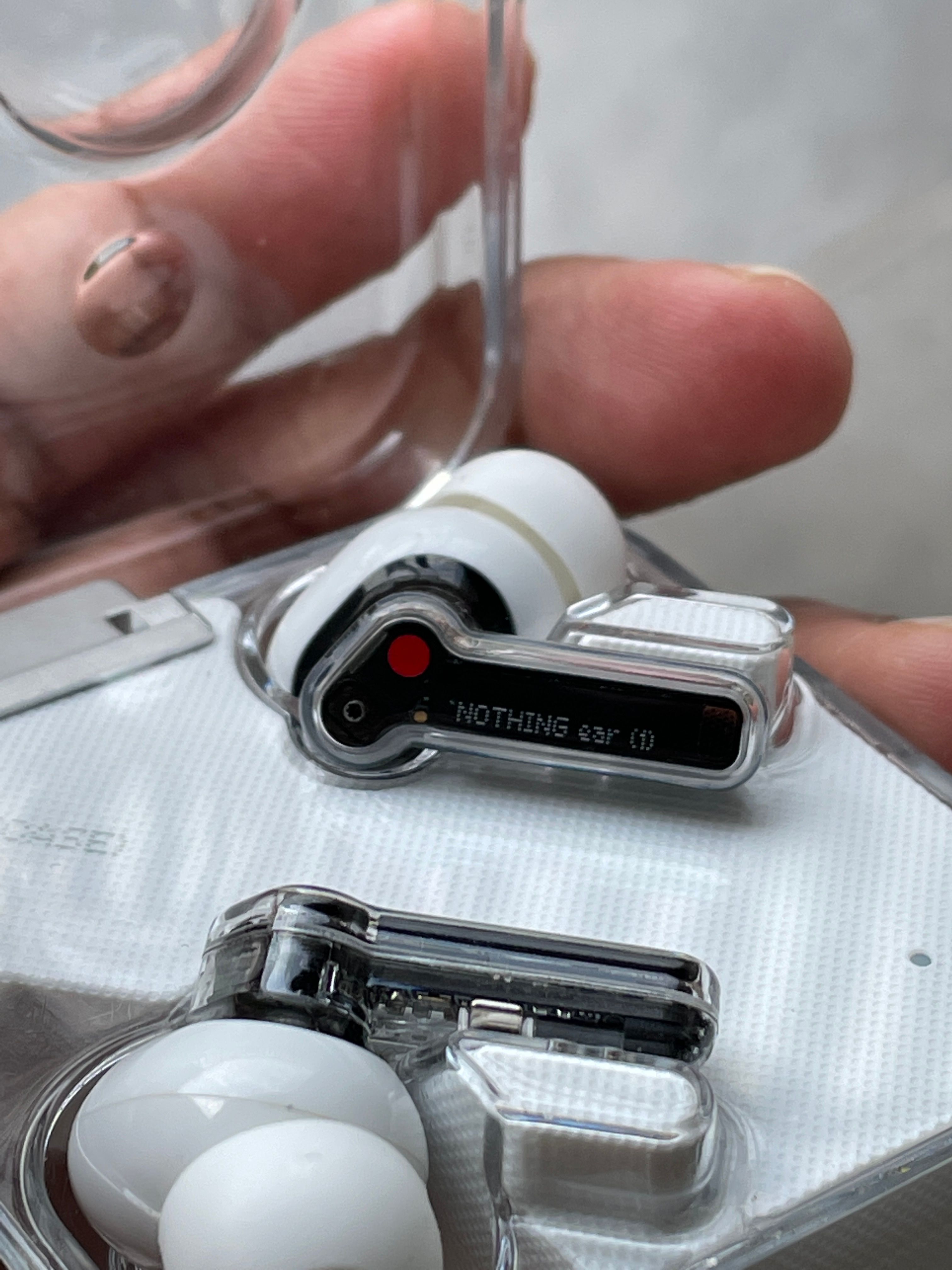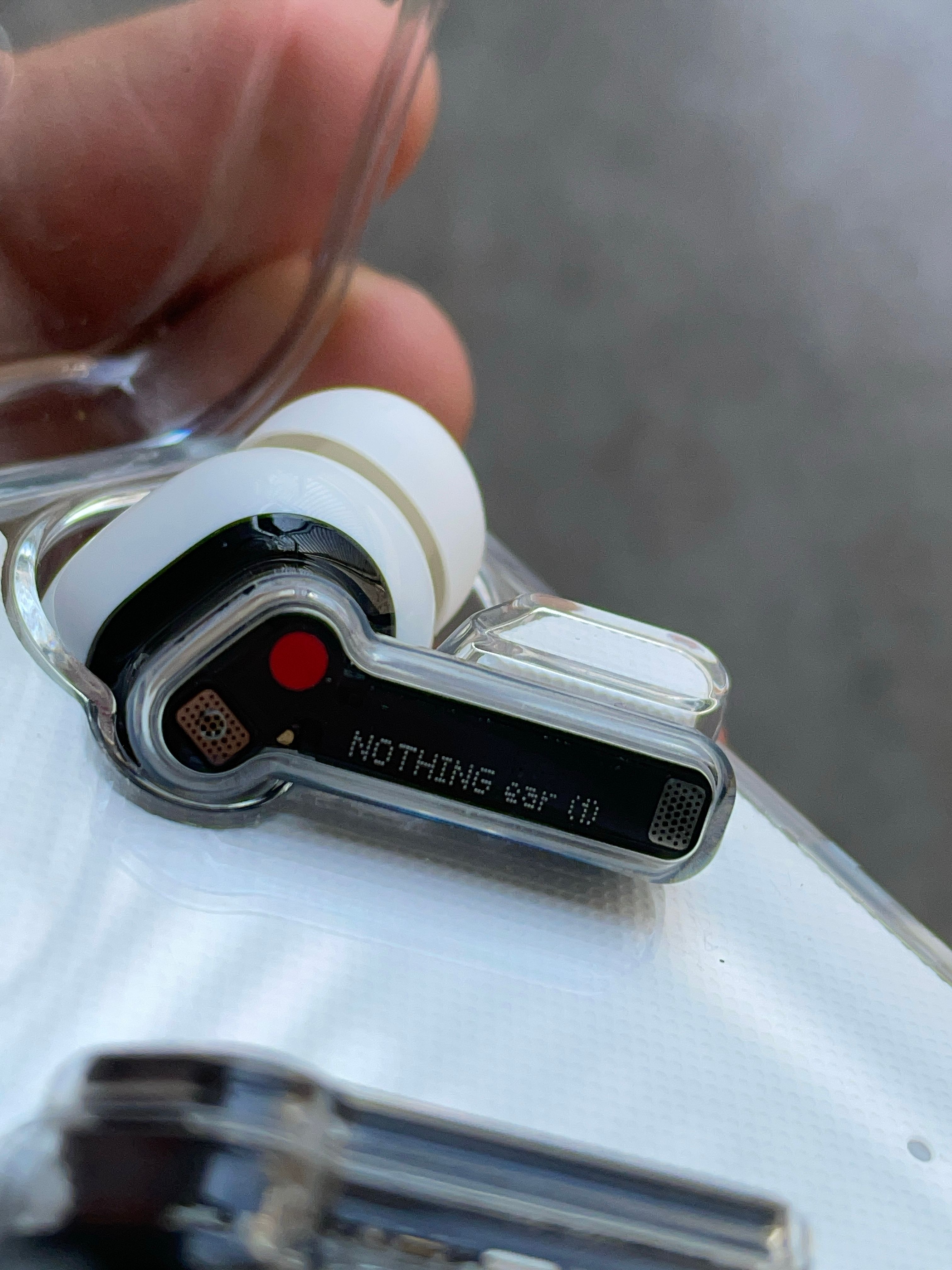How to use iPhone 13 Pro’s macro photography mode on other iPhones
Halide’s latest update brings the iPhone 13 Pro’s macro mode to all models launched in 2017 or later

One of the perks of spending extra for Apple’s lineup of iPhone Pro models this year is a macro photography mode. The new iPhone 13 Pro and iPhone 13 Pro Max can capture the most intricate details of objects by letting you click from as close as 0.7 inches — nearly a 5x magnification, thanks to an upgraded ultra-wide lens.
Since Apple achieved the iPhone 13 Pro’s macro mode through special hardware, it won’t be rolled out to the rest of the models, including the latest iPhone 13 and iPhone 13 Mini. At least, not officially.
The folks behind Halide, a paid professional camera app for iPhone and iPad, have managed to recreate iPhone 13 Pro’s macro mode through software. Its latest update houses a new setting, which lets owners of any iPhone launched in 2017 or later snap pictures of their subjects up close.
How it works
We tested Halide’s macro mode on last year’s iPhone 12 mini. But first, a brief explanation on how it all works.

Halide’s macro mode takes advantage of a software method your iPhone’s camera app already uses. It’s called “Super Resolution,” and photography jargon aside, it’s the process of digitally boosting an image’s quality.
You see, in order to produce reasonably clear zoomed-in pictures on iPhone models without a dedicated telephoto lens, iOS artificially raises the number of pixels the shots have. Once your iPhone has more pixels to work with, it can sharpen the edges and reduce that pixelated look much better than it would have without the Super Resolution technique.
The backbone of Super Resolution is machine learning. It’s powered by a neural network that’s trained on millions of photos. As it scans these files, it learns and ultimately improves its ability to guess which parts of a picture it can enhance without compromising the original scene.
Sign up to receive The Snapshot, a free special dispatch from Laptop Mag, in your inbox.
Halide’s macro mode comes equipped with a similar Super Resolution science, and therefore, at the moment, it only works with iPhone 8 or above. This is because they have a dedicated engine for processing neural networks.

When you enter the macro mode on Halide, the app switches to whichever camera lens on your phone has the lowest minimum focus distance and can get the closest to a subject. It then magnifies the image three times to take you to the macro level — about 1.5-2 inches from the subject.
Of course, like the iPhone’s built-in camera app, Halide doesn’t have any zoom hardware at its disposal either. So how does digital magnification work?
Halide has programmed its neural network for macro photography, and when you take a magnified photo on its app, it upscales the results to full 4K resolution and smoothes out the pixels to extract the finer details. On the app, you also have the option to customize the focus distance between 2x and 3x zoom.
Macro mode on iPhone 12 mini
In testing, the Halide macro mode performed way better than I expected it to. The closeup shots I took were sharp, focused, and most importantly, didn’t mess up the exposure or the white balance. While the iPhone 12 mini’s default camera was limited to keeping the entire cactus on my desk in focus, for instance, Halide was able to reach the tiny thorns. Similarly, when I tried to shoot a drink, the former got the whole glass in the frame, whereas Halide could focus on the bubbles.

iPhone 12 macro mode samples



Since Halide utilizes the regular ultra-wide sensor and not an add-on accessory, the focus area is also quite spacious, allowing the app to capture most of the subject’s elements in the macro picture. In addition, I could further crop down these intricate shots without losing much detail because they were shot in high-res 4K resolution. Another handy feature Halide offers is that when you click a macro shot, it even captures and stores what the image would have looked like if you had taken it at zero magnification.
The Apple Camera app, though, also features the Super Resolution tech. What happens if you simply zoom by 3x instead of downloading Halide? It does well to work as a makeshift macro mode, but there are plenty of downsides. Unlike Halide, macro images from iPhone’s camera app, though sharp enough, are grainy and struggle in aspects like white balance.
Take the samples below, for example. Halide manages to capture the earbud’s original white color while still keeping all the other details perfectly in focus.


The iPhone camera’s result, in comparison, appears yellow-ish and looks like a cropped version of another picture.
Bottom line
Halide has a reputation for rolling out features Apple won’t, and it has successfully done it again with the macro mode. When the iPhone’s Portrait mode was limited to people initially, for instance, Halide added a tool that extended its capabilities to both animals and people. Although Halide refuses to comment on whether it would bring more iPhone 13 features to older models, we remain optimistic, especially for the ones that are primarily software-based, like Photographic Styles.
Halide’s macro mode is no match for the one Apple offers on the iPhone 13 Pro, but it comes remarkably close. If you’d like to try it, you can download Halide on the App Store. It is free for a week, after which you will have to pay $10 a month or a one-time fee of $30.
Shubham Agarwal is a freelance technology journalist from Ahmedabad, India. His work has previously appeared in Business Insider, Fast Company, HuffPost, and more. You can reach out to him on Twitter.
